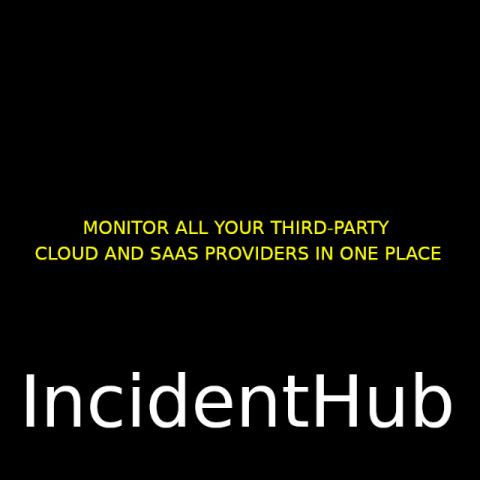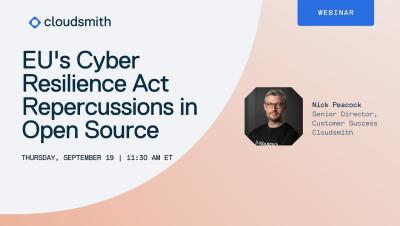Building Resilient Businesses: The Critical Growth Areas of Security for MSPs
In this episode of the Beyond the Horizons Podcast, Pete Roythorne speaks with Troels Rasmussen, GM of Security at N-able, about the increasing demand for cybersecurity solutions among MSPs. They discuss the evolution of security technologies such as EDR, XDR, and MDR, and the importance of 24/7 coverage in today's threat landscape if MSPs are to be able to help their customers build resilient businesses. Troels emphasizes the need for MSPs to change their mindset when selling security to customers, highlighting the role of compliance and the cost of cybersecurity as a business necessity.











